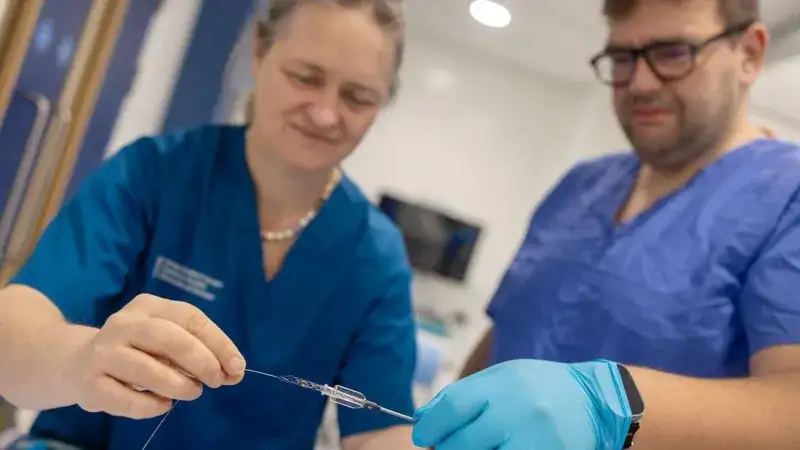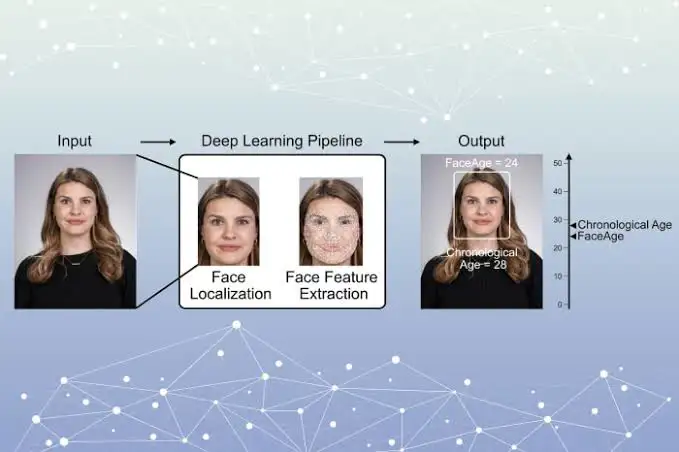Researchers at Stanford University have achieved a first-of-its-kind medical breakthrough, translating "inner speech" or silent thoughts into real-time text using a brain implant and artificial intelligence. This technology, detailed in a study published in the journal Cell, offers a new form of communication for people with severe paralysis.
The brain-computer interface (BCI) works by decoding neural signals from the motor cortex, the part of the brain responsible for speech. According to lead author Erin Kunz, the system achieved a remarkable 74% accuracy in real-time decoding of imagined sentences. This performance is a significant step toward developing systems that can restore "fluent, rapid and comfortable speech" for those who cannot speak.
New Ethical Frontiers and "Neurorights"
This groundbreaking advance is not without its challenges. The study found that the technology could sometimes decode private, unintentional thoughts, blurring the line between an individual's conscious and intimate mental activity. This raises serious ethical concerns about mind privacy and has spurred a debate on the need for "neurorights"—a legal framework to protect mental life from intrusion.
To address this, the Stanford team developed a mental password system. Participants had to first think of an unusual phrase, such as "Chitty Chitty Bang Bang," to activate the technology, successfully preventing the unwanted decoding of private thoughts with a 98% success rate. While this solution is a promising ethical safeguard, experts like Nita Farahany warn that "brain transparency... is an entirely new frontier for us."
Technology's Current Limitations
According to France 24, despite its success, the technology remains in its early stages. Cognitive neuroscientist Evelina Fedorenko notes that while the system works well for consciously imagined sentences, its success rate falls for spontaneous or nonverbal thoughts, which she described as "mostly garbage." The implants are also invasive, the vocabulary is limited, and the system requires extensive training. Researchers estimate it will be several more years before the technology is ready for widespread clinical deployment.




